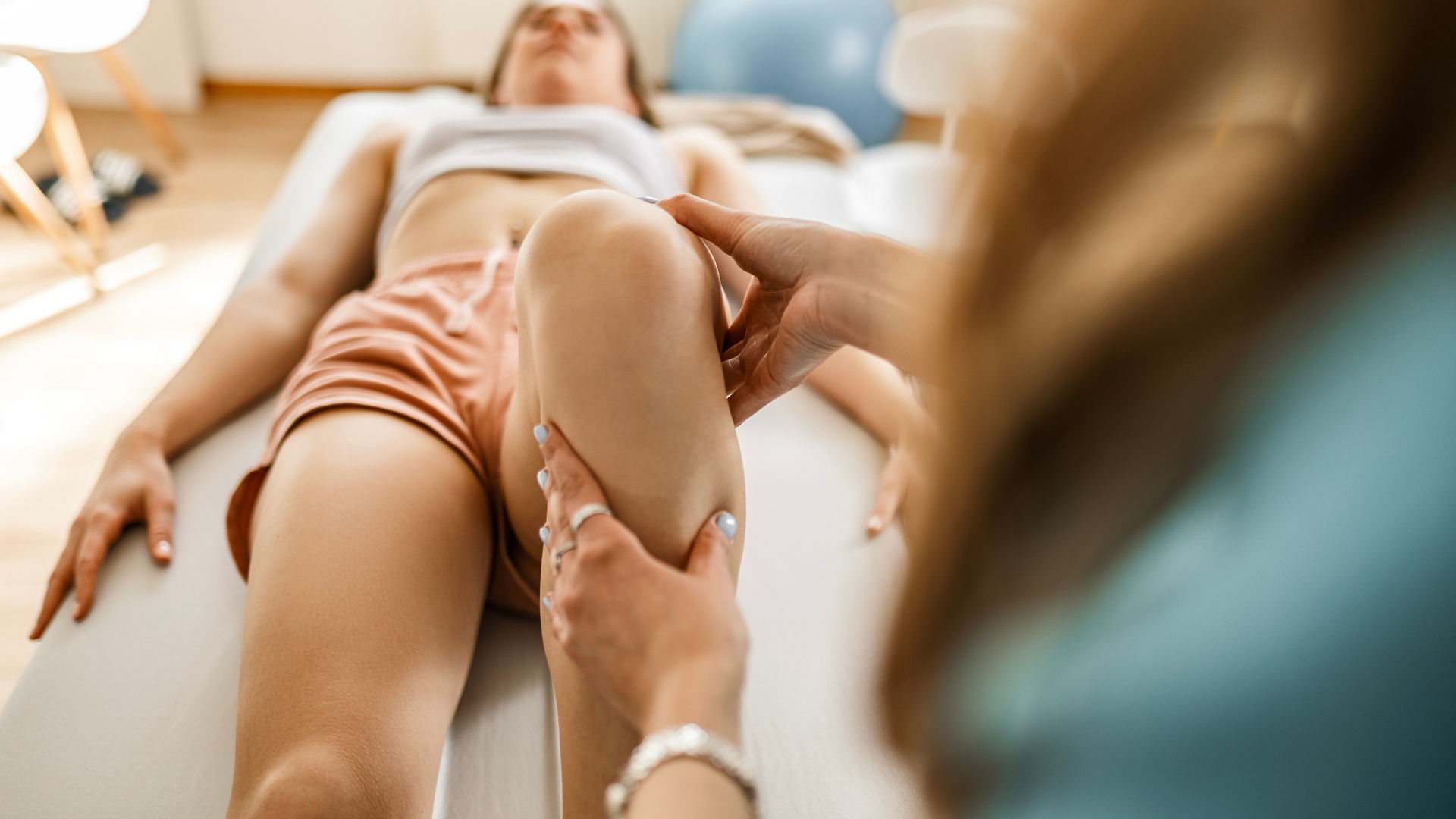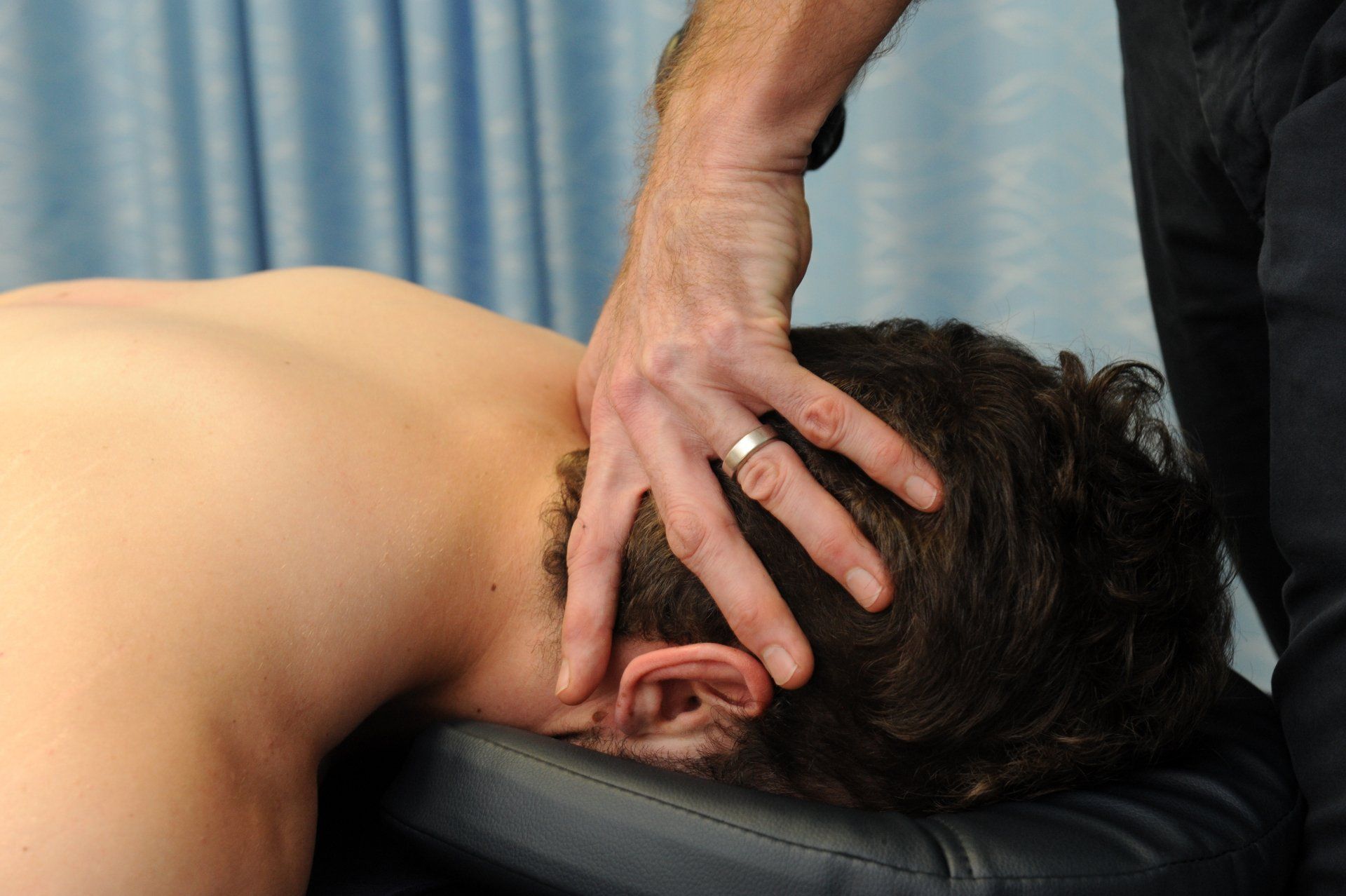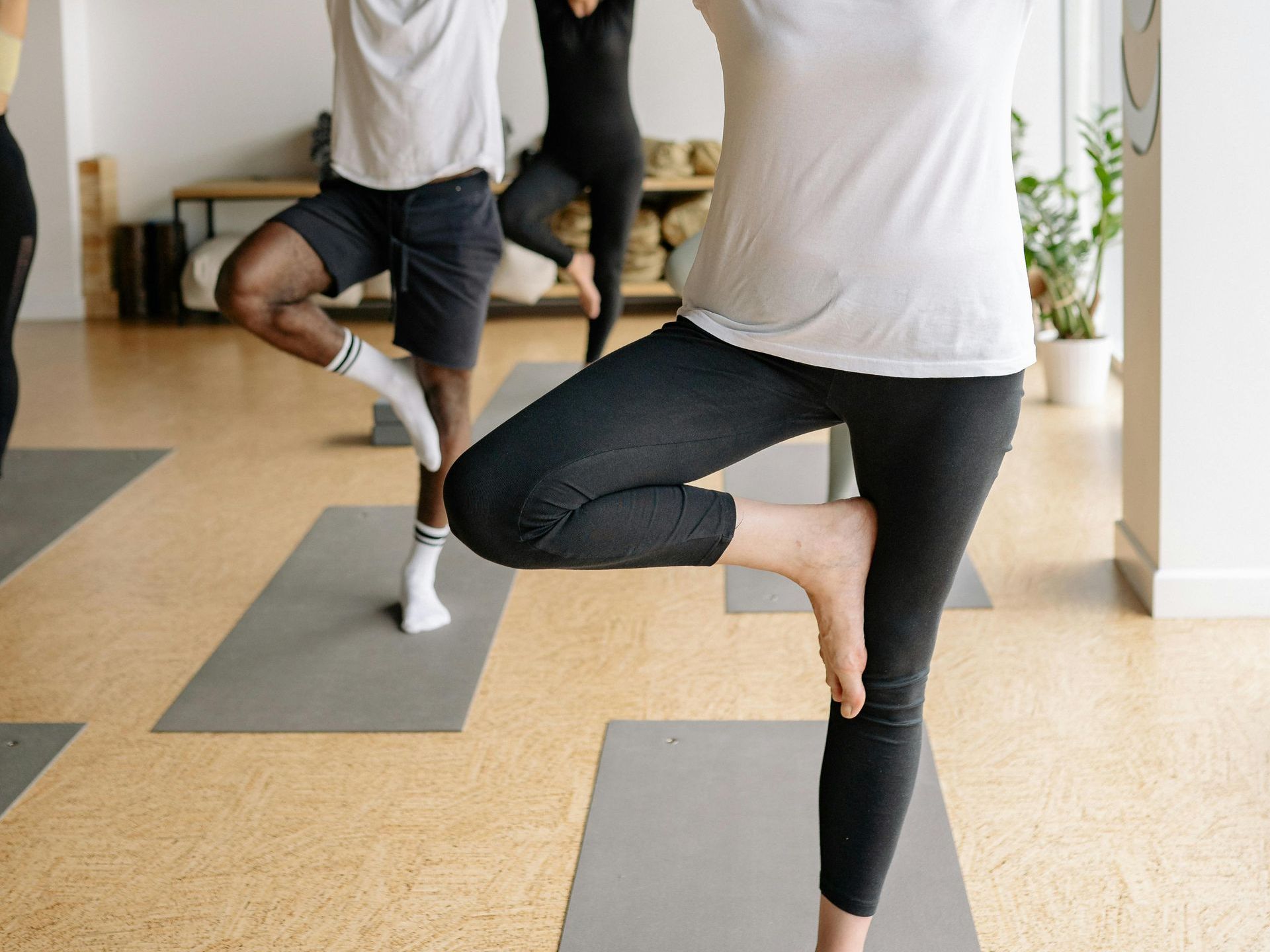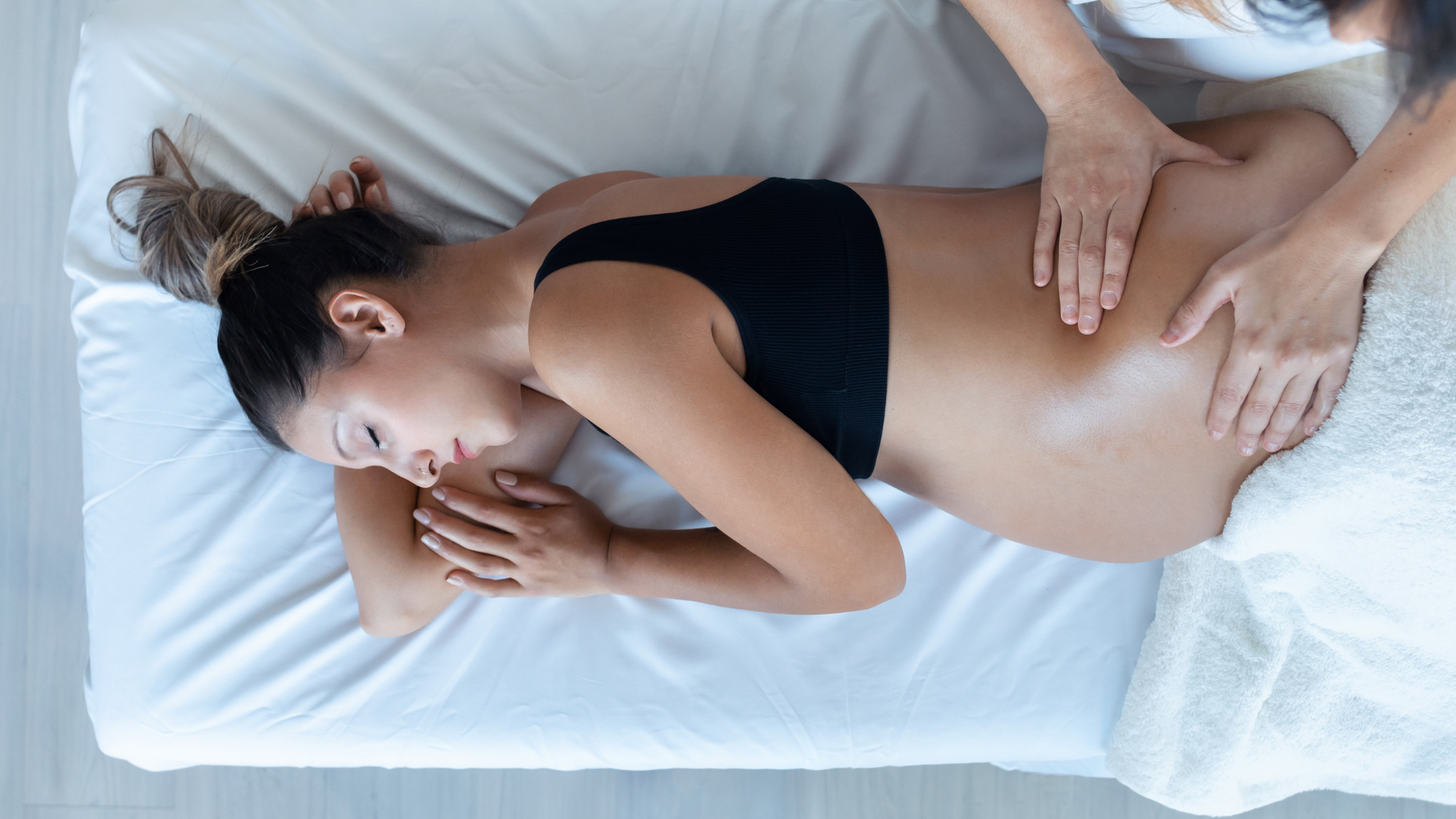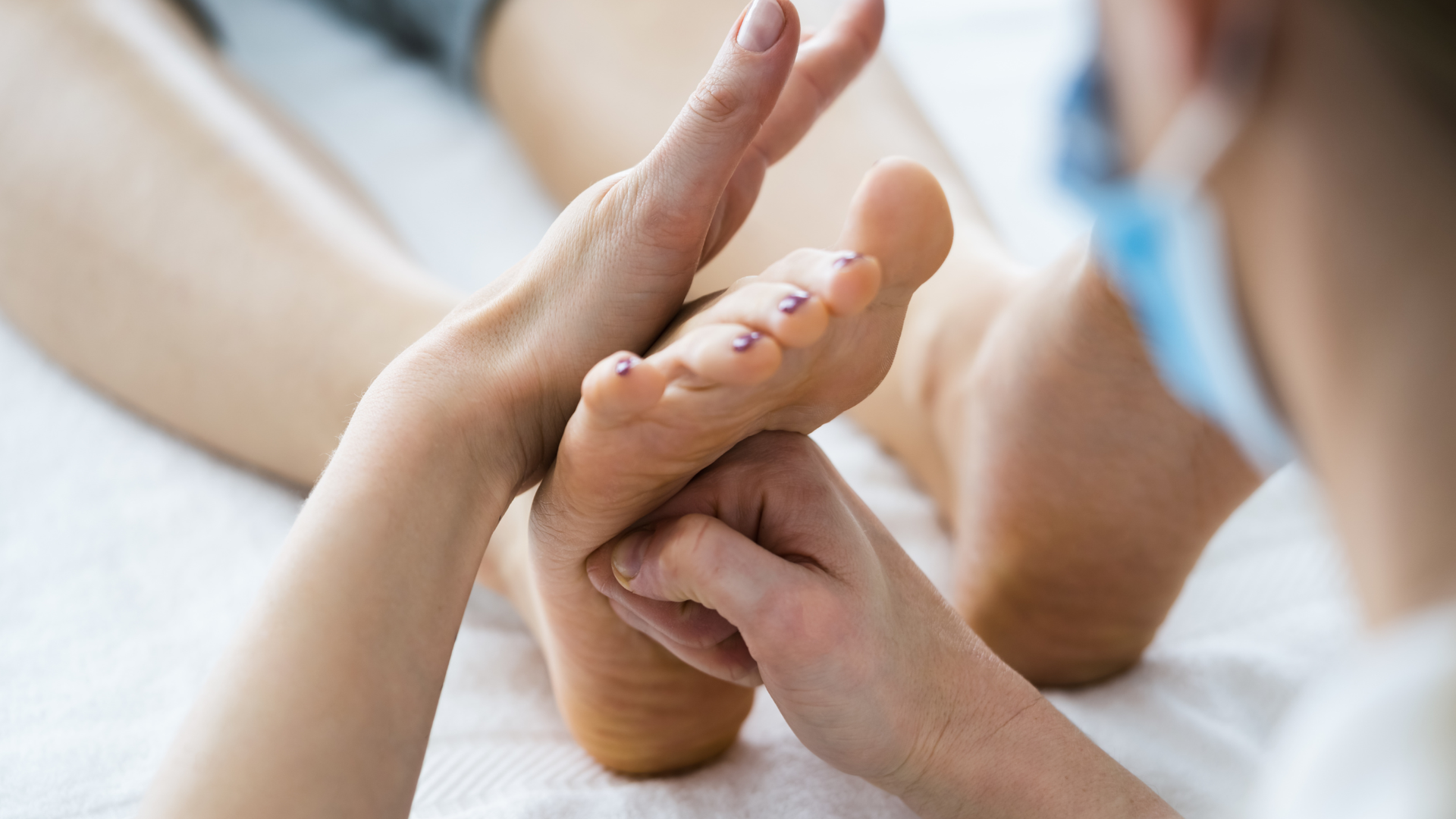Lower Crossed Syndrome
Lower crossed syndrome is the result of muscle strength imbalances in the low back, abdominal and pelvic regions.
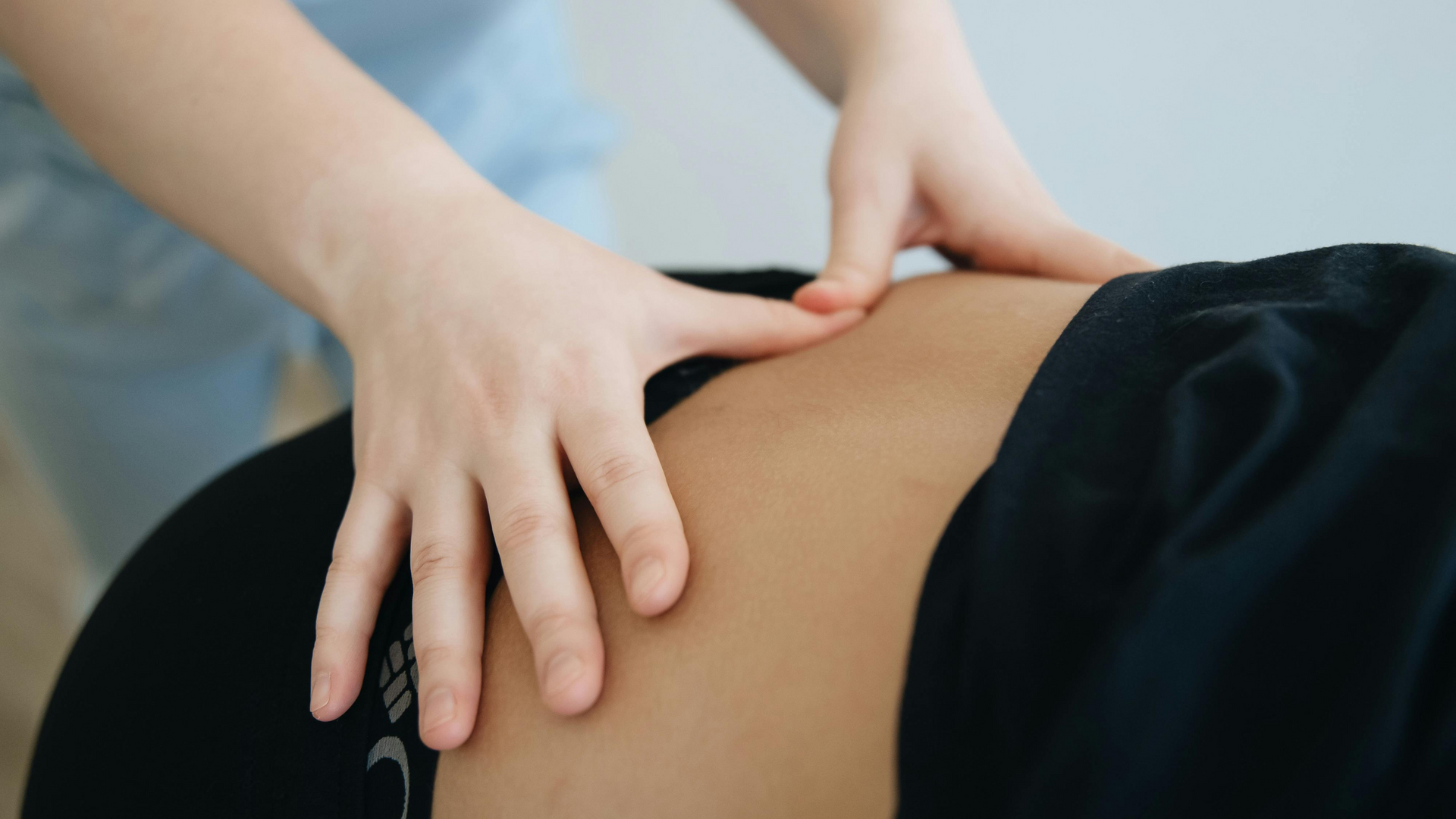
Try these low impact exercises for lower crossed syndrome.
Enter your details to receive your program now.
Lower Crossed Syndrome (LCS), or Unterkreuz syndrome, is a common postural imbalance that results from muscular tightness and weakness around the pelvis, hips, and lower back. It typically develops due to prolonged sitting, poor movement habits, or repetitive strain. The condition creates an altered pelvic tilt and an exaggerated spinal curvatures (thoracic and lumbar), contributing to back pain, hip dysfunction, and reduced movement efficiency. Physiotherapists play a key role in identifying and correcting these muscular imbalances through targeted exercise, education, and lifestyle modification, making LCS a treatable condition with the right approach.
Anatomy 101
Lower Crossed Syndrome is characterised by predictable muscle imbalances. The tight (facilitated) muscles typically include the hip flexors (iliopsoas, rectus femoris) and lumbar erector spinae. These work in opposition to the weak (inhibited) muscles, namely the gluteus maximus and medius, and the abdominal core stabilisers (transversus abdominis, rectus abdominis).
This imbalance results in an altered pelvic tilt, impacting the normal lumbar lordosis and thoracic kyphosis.
Over time, altered pelvic and spinal mechanics place excess strain on the lumbar spine, sacroiliac joints, and hips. These changes can impair gait, reduce functional strength, and increase the risk of chronic low back pain. Understanding the underlying anatomy helps physiotherapists design corrective interventions that restore muscular balance, improve posture, and optimise biomechanics in daily activity and sport.
Who gets it?
LCS is increasingly prevalent in modern societies, largely due to sedentary lifestyles and prolonged sitting at work. Office workers, professional drivers, and students are particularly susceptible. Athletes in sports requiring repetitive hip flexion, such as cycling or running, may also develop this pattern. It can affect all age groups, but adults between 20–50 years are most commonly diagnosed. With rising rates of sedentary behaviour worldwide, physiotherapists are seeing more patients presenting with postural syndromes such as LCS, highlighting the importance of early recognition and prevention strategies.
Diagnosing Lower Crossed Syndrome
Diagnosis of Lower Crossed Syndrome begins with a thorough postural and movement assessment. Physiotherapists observe for changes in pelvic tilt, lumbar lordosis, and compensatory thoracic changes.
Functional testing may reveal reduced hip extension, weak core stability, and over-reliance on lumbar extensors during movement.
Key muscle testing often identifies shortened iliopsoas and rectus femoris, alongside inhibited gluteals and abdominals. Patients often present with non-specific low back pain, hip discomfort, or feelings of stiffness in the lumbar region. Gait and squat analysis are particularly useful, as compensatory mechanics often become obvious during dynamic tasks.
It is important to distinguish between the different subtypes of LCS:
Type A – Also called posterior pelvic crossed syndrome, is associated with an increase in both the lumbar lordosis and thoracis kyphosis. It is characterized by tightness in the hip flexors, an anterior tilt of the pelvis, slight knee flexion in standing, and reduced quality of breathing.
Type B – Also called the anterior pelvic crossed syndrome, is associated with a reduction in the lumbar lordosis and an increase in thoracic kyphosis. It is characterized by tightness and weakness in the abdominals, posterior tilt of the pelvis, forward head posture, and knee hyperextension.
Differential diagnosis is important to rule out structural spinal pathology, disc issues, or hip joint disease. A physiotherapy-led assessment not only identifies the syndrome but also establishes which specific muscles require lengthening, strengthening, or neuromuscular retraining for an individualised rehabilitation plan.
Do I need a scan?
Lower Crossed Syndrome is a functional, not structural, diagnosis. As such, imaging is generally not required. Plain X-rays or MRI may occasionally be ordered if clinicians suspect underlying pathology such as disc herniation, spondylolisthesis, or hip joint disease contributing to symptoms. However, in most cases, a detailed physiotherapy assessment is sufficient. Imaging should only be used to rule out red flags or confirm co-existing musculoskeletal conditions. The emphasis remains on clinical evaluation, postural observation, and functional testing rather than reliance on radiology.
Treatment
Physiotherapy management of Lower Crossed Syndrome focuses on restoring muscular balance and improving posture. Treatment usually includes:
- Stretching and mobility: Lengthening tight hip flexors (iliopsoas, rectus femoris) and lumbar erectors using targeted stretches and mobility drills.
- Strengthening: Activating and strengthening weak gluteals and abdominal stabilisers through exercises such as bridges, clamshells, dead bugs, and planks.
- Postural re-education: Teaching pelvic control and neutral spine positioning in sitting, standing, and functional movements.
- Movement retraining: Correcting faulty squat, lifting, and gait mechanics to reduce compensatory loading on the lumbar spine.
- Lifestyle modification: Ergonomic advice for desk setup, regular movement breaks, and integration of standing or walking into daily routines.
- Manual therapy: Techniques such as soft tissue release or joint mobilisation may be used as adjuncts to reduce pain and improve mobility.
A progressive, individualised rehabilitation program combining these elements typically achieves the best outcomes. Physiotherapists also focus on patient education, empowering individuals to self-manage and prevent recurrence.
How long’s it going to take?
With consistent physiotherapy treatment, many patients experience symptom improvement within 6–8 weeks.
Full correction of postural habits and muscular imbalances may take 3–6 months, depending on severity and adherence.
The prognosis is generally excellent, provided patients engage in regular exercises and lifestyle changes. If left untreated, LCS can contribute to chronic low back pain, hip dysfunction, or compensatory injuries in the knees and upper spine. Long-term resolution relies on both targeted rehabilitation and behavioural modification.
The Take Home
Lower Crossed Syndrome is a common postural imbalance driven by modern sedentary lifestyles. Physiotherapists can identify and correct the muscular imbalances at its core through stretching, strengthening, postural retraining, and education. While it may not resolve overnight, consistent adherence to rehabilitation programs leads to excellent outcomes. Early recognition and proactive management are key to preventing chronic pain and maintaining healthy movement. If you notice poor posture, low back discomfort, or tight hips, seeking physiotherapy advice can help restore balance and function.
Got low back and hip pain and want to get it sorted? Give us a call.
At Movement for Life Physiotherapy, we can assess and diagnose the cause of your back and hip pain and let you know whether you have lower crossed syndrome, lumbar osteoarthritis, or if there is something else going on. With a clear diagnosis and tailored management plan, we'll help get you back to the things you love sooner.
Give us a call now or click on BOOK AN APPOINTMENT to book online.
Sources
- Delitto, A., George, S. Z., Van Dillen, L., Whitman, J. M., Sowa, G., Shekelle, P., Denninger, T. R., Godges, J. J., & Orthopaedic Section of the American Physical Therapy Association (2012). Low back pain. The Journal of orthopaedic and sports physical therapy, 42(4), A1–A57. https://doi.org/10.2519/jospt.2012.42.4.A1
- Harris J. D. (2022). Editorial Commentary: The Pelvis is the Lowest Vertebral Level: Diagnostic Approach to Hip-Spine Syndrome. Arthroscopy : the journal of arthroscopic & related surgery : official publication of the Arthroscopy Association of North America and the International Arthroscopy Association, 38(10), 2939–2941. https://doi.org/10.1016/j.arthro.2022.08.009
- Mehta, T. B., & Sharma, A. Treatment Strategies for Lower Cross Syndrome: A Systematic Review. International journal of health sciences, 6(S4), 11309-11316.
- Mehta, T. B., & Sharma, A. (2024). Lower cross syndrome: specific treatment protocol versus generalized treatment protocol. A randomized single-blinded trial. Folia Medica, 66(5), 662-672.
- Niroomand, T., Rabiei, M., & Mohammadi, B. (2023). Investigating the Effects Janda's and Sahrmann's Correcting Exercise Approaches on Trunk Muscles Function in Young Girls with Lower Crossed Syndrome. Journal of Advanced Sport Technology, 7(3), 48-58.
